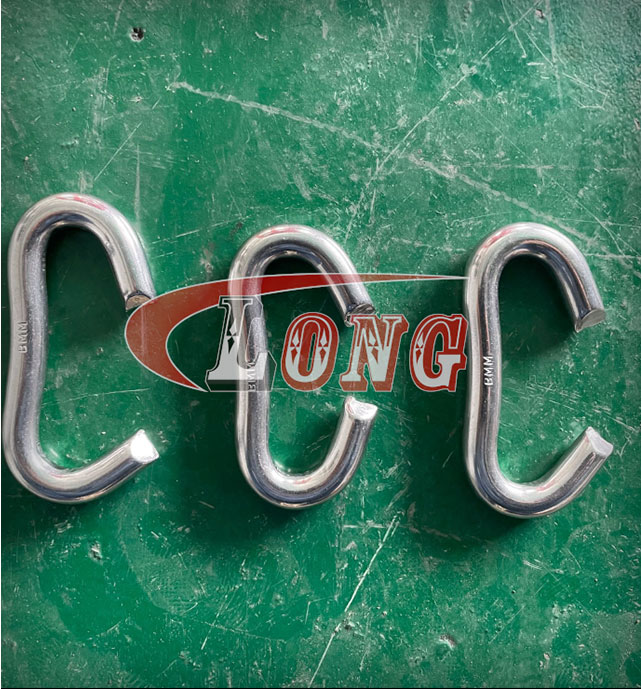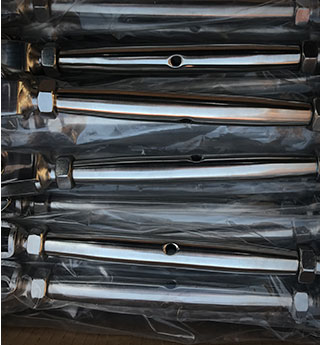















































































This is the term used throughout the catalog. There are, however. Other terms used in the industry are interchangeable with the term Working Load Limit. These are: WLL, SWL, Safe Working Load, Rated Load Value, Resulting Safe Working Load, and Rated Capacity.

The Working Load Limit is the maximum load that should ever be applied to a product, even when the product is new and when the load is uniformly applied – straight line pull only. Avoid side loading. All catalog ratings are based upon usual environmental conditions, and consideration must be given to unusual condition such as extreme high or low temperatures, chemical solutions or vapors, prolonged immersion in salt water, etc. Such conditions or high-risk applications may necessitate reducing the Working Load Limit.

Working Load Limit will not apply if the product has been welded or otherwise modified. It should also be noted that it is the ultimate responsibility of the end user to determine a Working Load Limit for each application.

Make certain that components such as hooks, links or shackles, etc. used with wire rope (or chain or cordage) are of suitable material size and strength to provide adequate safety protection. Attachments must be properly installed and must have a Working Load Limit at least equal to the product with which they are used. Remember: Any chain is only as strong as its weakest link.

All employees working with cranes or hoists or assisting in hooking or arranging a load should be instructed to keep it out from under the load. From a safety standpoint, one factor is paramount: Conduct all lifting operations in such a manner, that if there were an equipment failure, no personnel would be injured. This means keeping out from under a raised load and keeping out of the line of force of any load.

Avoid impacting, jerking or swinging of load as the Working Load Limit could be exceeded and the Working Load Limit will not apply. A shock load is generally significantly greater than a static load. Avoid shock loads.

No product can keep operating at its rated capacity indefinitely. Periodic inspections help determine when to replace a product and reduce rigging hazards. Check for visible damage, cracks, wear, elongation, rust, etc. When in doubt about the extent of the damage, retire the item in question immediately.
Such breaks can cause loads to fail or swing out of control, possibly resulting in serious injury or death as well as major property damage.
Therefore:
Never exceed the Working Load Limit (WLL).
Match components properly.
Keep out from under a raised load.
Avoid shock loads.
Inspect products regularly.























